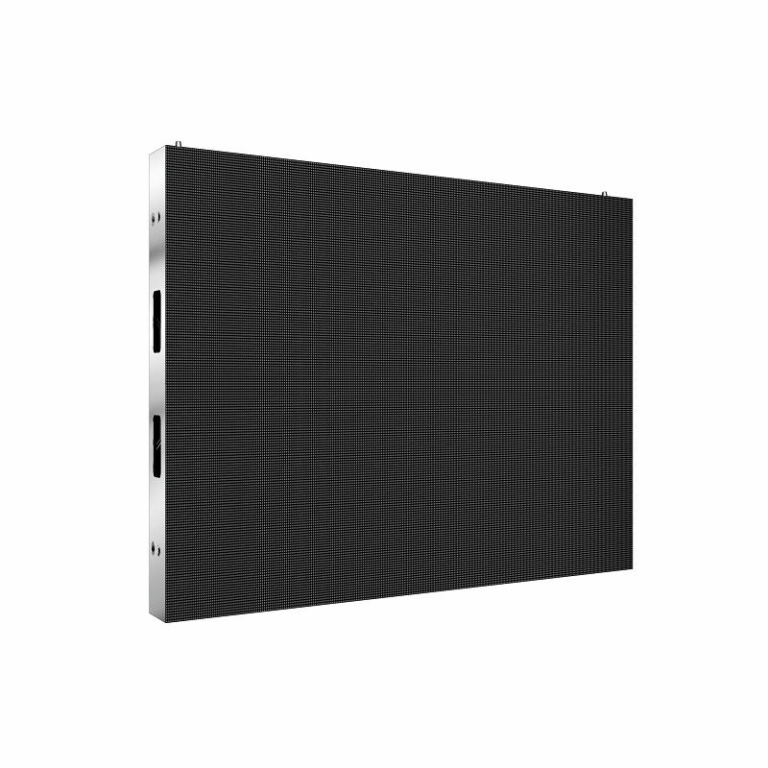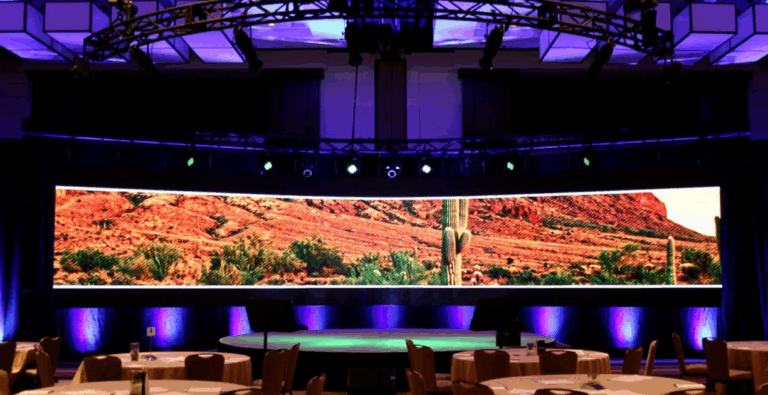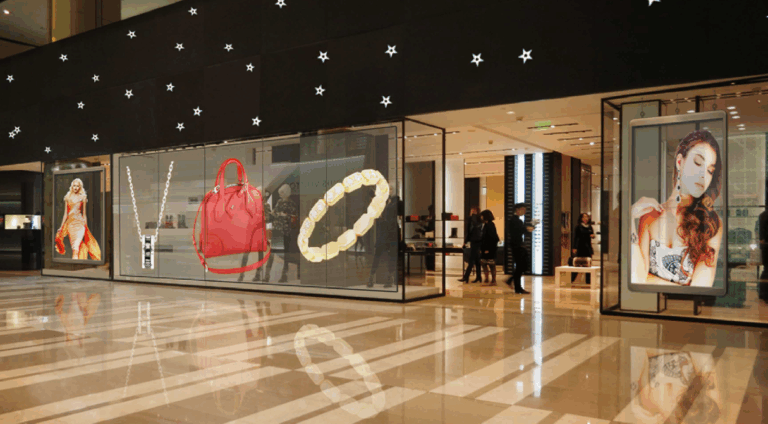When I first saw two side-by-side LED displays in Huaqiangbei, Shenzhen, the Mini LED TV on the left was showcasing the stunning HDR effects of Pandora from Avatar, while the COB advertising screen on the right was displaying a subway map with fingerprints clearly visible on the surface. This scene made me suddenly realize: there is no perfect display technology, only the most suitable one for the application.
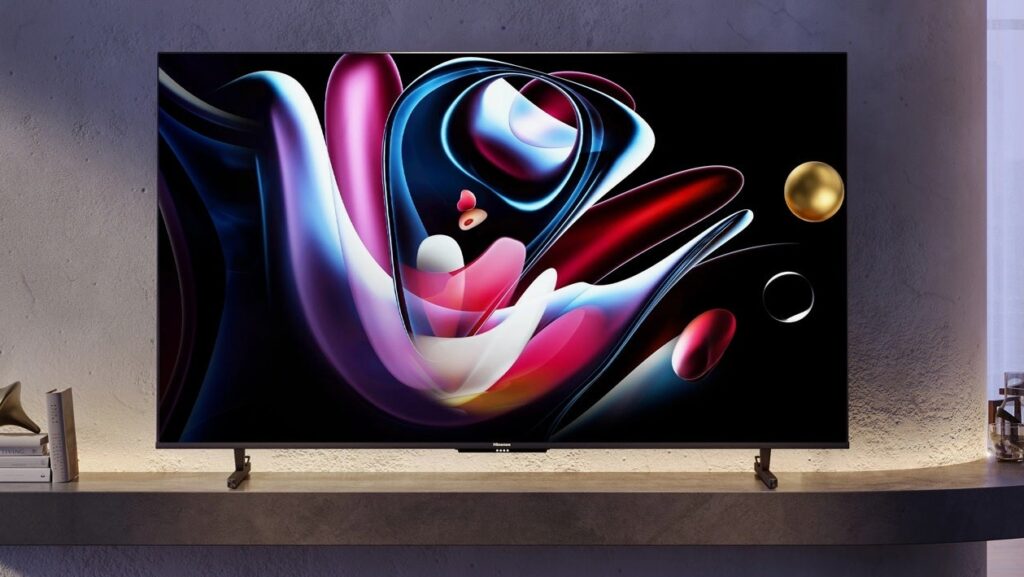
1. The “Genetic Differences” of the Core Technology
The core competitive advantage of Mini LED lies in optical control: it uses miniature light bulbs ranging from 100 to 300 microns, achieving million-level contrast on a 65-inch TV with thousands of backlight zones. It’s like a painter using finer brushes to create art, and Sony’s BRAVIA XR series leverages this characteristic to present star-like light with a galactic sense of depth in black scenes (Sony Technical White Paper, 2022).
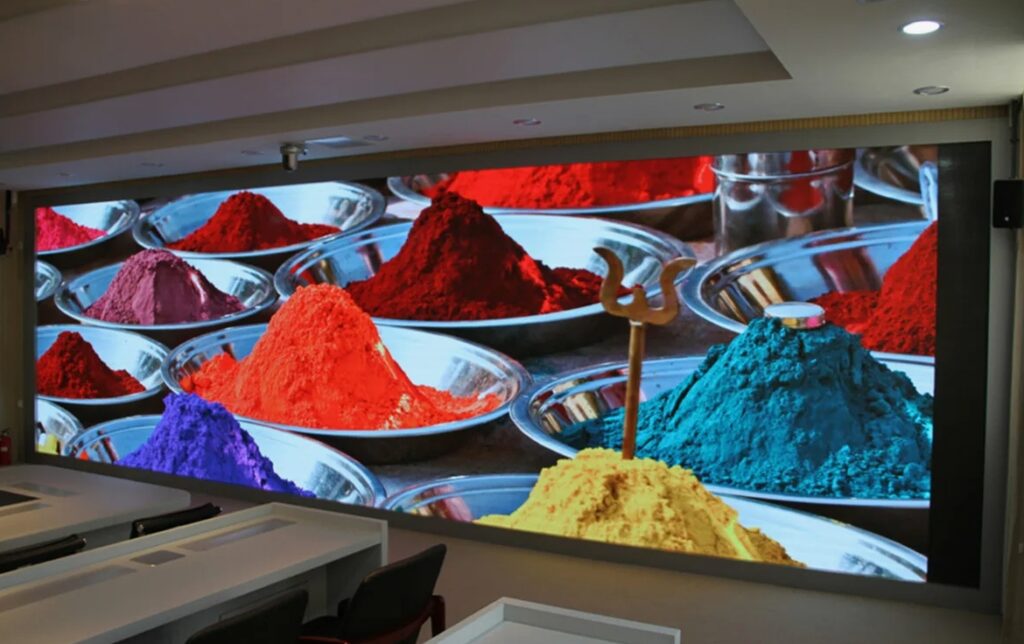
COB’s physical advantage lies in structural revolution: directly embedding the LED chip on the PCB substrate, eliminating the traditional SMD bracket structure. It’s like laying bricks directly on the foundation of a wall, rather than placing them in a plastic box first and then fixing them. Three years ago, the COB navigation screen at Shenzhen Airport, running 12 hours a day, had a pixel failure rate of only 0.0001%.
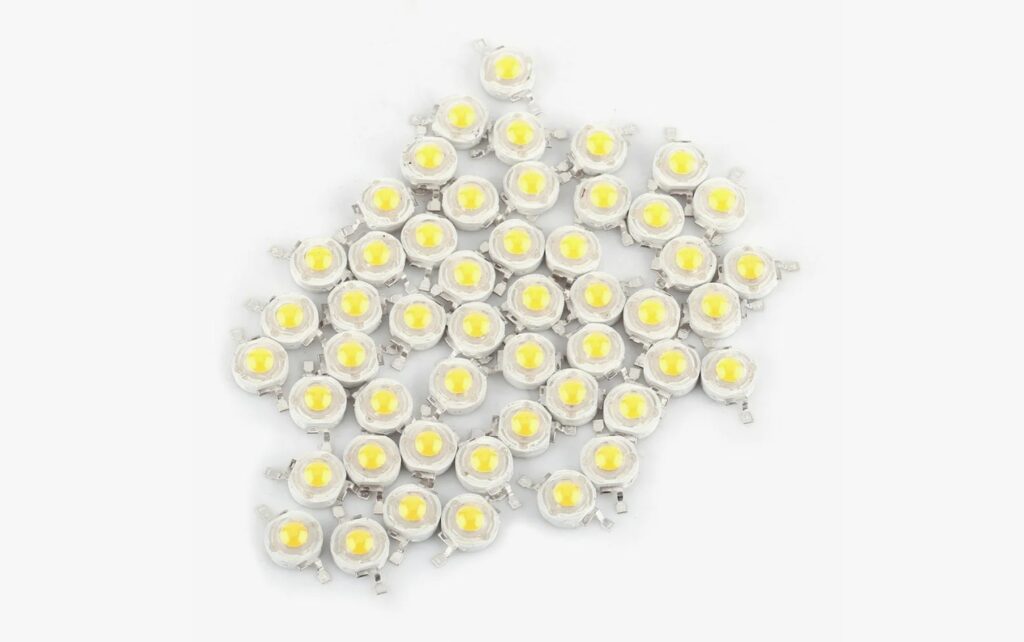
The direct consequence of these process differences is that Mini LED requires precise optical film combinations (diffuser film + prism film + reflector film), while COB achieves physical protection through surface lamination. This determines that the former focuses on ultimate image quality, while the latter emphasizes environmental adaptability.
2. The “Chuchu Han Border” of Application Scenarios
The Absolute King of Home Theaters
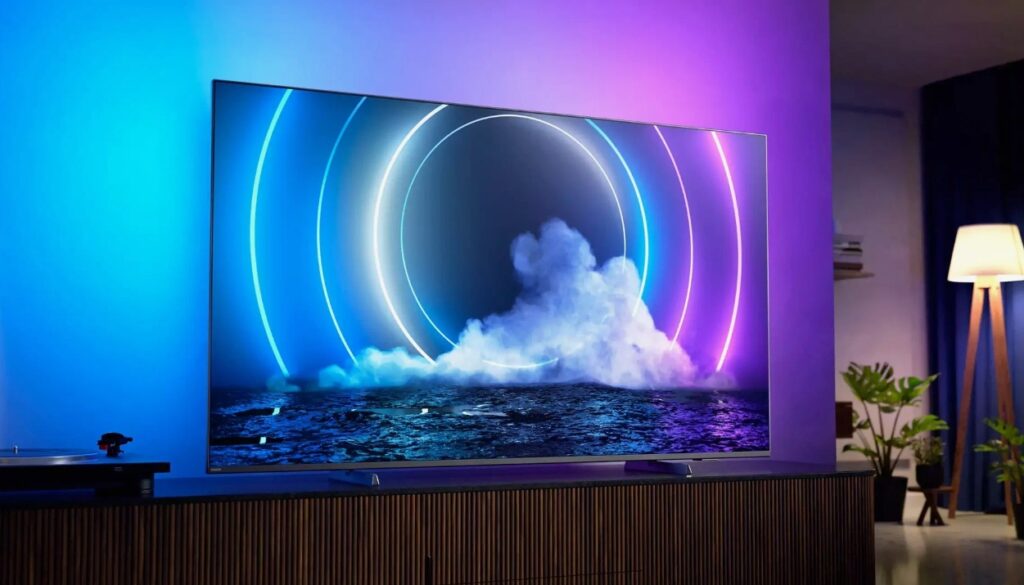
The million-level contrast of the Apple Pro Display XDR proves that Mini LED has a crushing advantage in dark scene performance. When watching the wormhole scene in Interstellar, the true star-level black background can immerse the viewer with a sense of weightlessness. However, it is important to note that some low-end Mini LED backlight modules exhibit halo effects, like fluorescent powder scattered on a black canvas.
Survival Expert in Commercial Displays
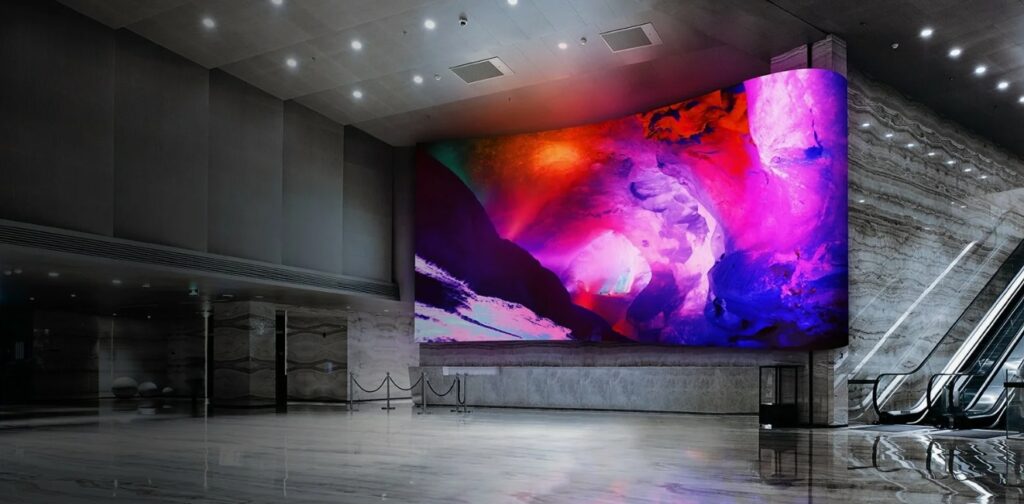
The COB information screen at Shanghai Metro maintained 98% brightness consistency after enduring 90% humidity during the rainy season. Its 3mm thick protective layer can withstand scratches from keys, which is crucial for transportation hubs requiring 24/7 operation. However, the color saturation of COB will lose about 15% compared to Mini LED, similar to the difference between faded old photos and newly developed ones.
Hidden Ace for Special Scenarios
Medical reading rooms require 0 light leakage stability, and COB’s physical sealed structure completely prevents dust intrusion. On the other hand, esports rooms with a demand for 240Hz refresh rate need to choose Mini LED products that support dynamic backlighting.
3. Breaking the Cost Dilemma
Debunking the Initial Investment Misconception
Although COB appears to have a higher unit price, when calculating the total cost of ownership over 5 years, the maintenance cost of a COB menu screen at a certain supermarket chain is 73% lower than traditional SMD. This is because its anti-collision structure reduces 90% of after-sales maintenance (2023 Commercial Display Cost Report).
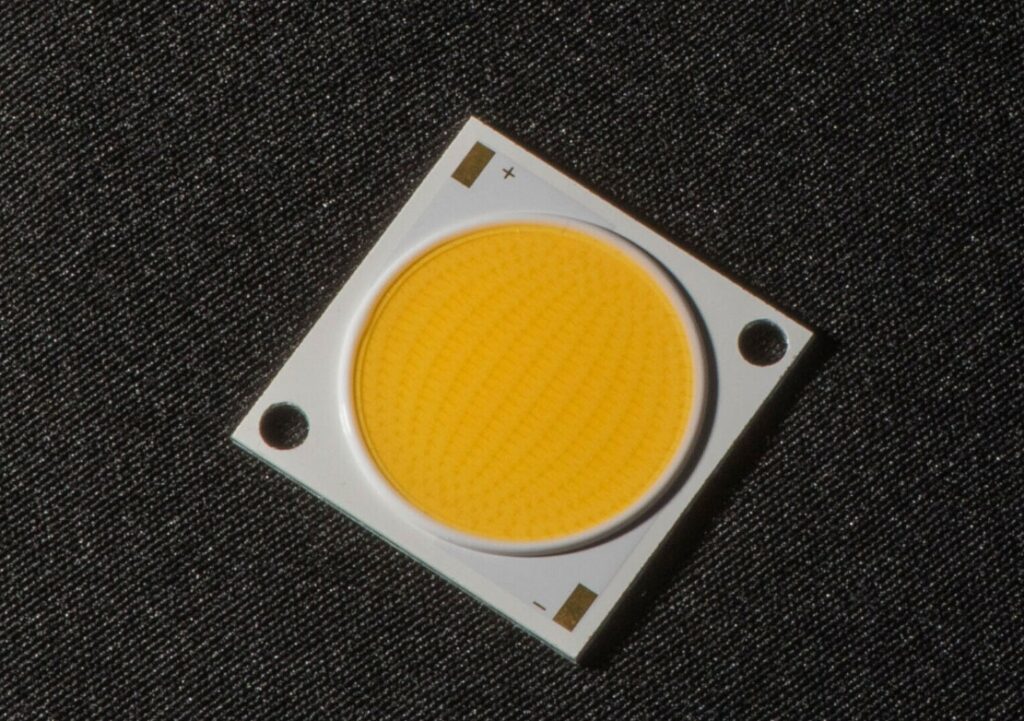
The Hidden Cost of Technological Iteration
Mini LED’s drive IC requires upgrades to match the zone algorithms, much like how Tesla needs regular OTA updates. A domestic brand’s algorithm lag led to dynamic contrast performance only reaching 60% of its rated value.
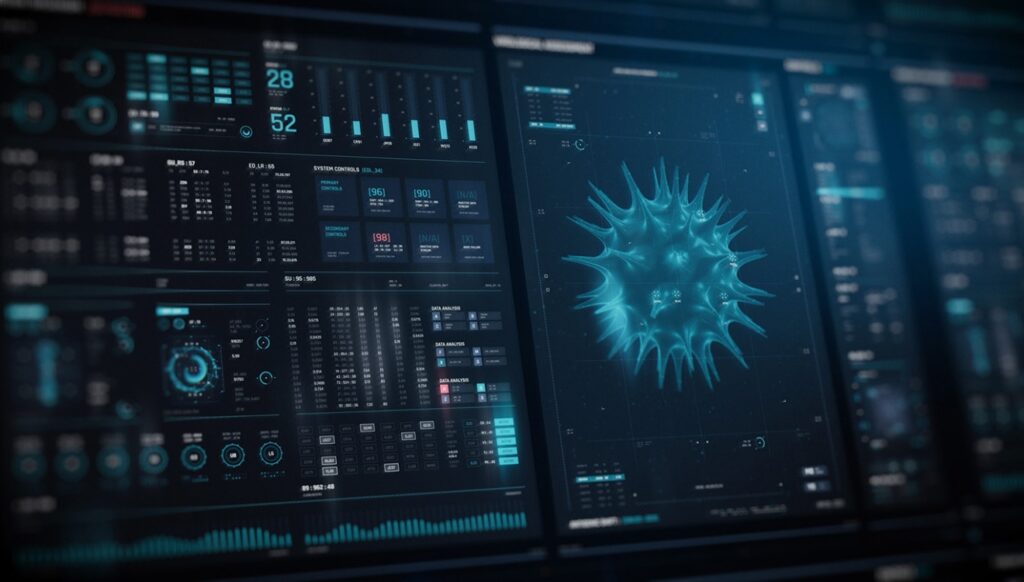
The Breakthrough Case of Hybrid Solutions
Combining COB packaging with Mini LED backlighting in the 8K medical display market. Although this solution increases material costs by 15%, it extends the product’s lifespan to 80,000 hours, becoming the standard for high-end operating rooms.
At the Display Technology Summit at the Shenzhen International Convention and Exhibition Center, an engineer aptly said: “Choosing display technology is like choosing shoes. You need air cushions for marathons and anti-slip nails for mountain boots.” When you face a technical choice next time, you might want to ask yourself three questions: Does the usage environment present physical risks? How particular are you about dark scene details? Are you planning to replace it in a few years? The answers will naturally emerge.


